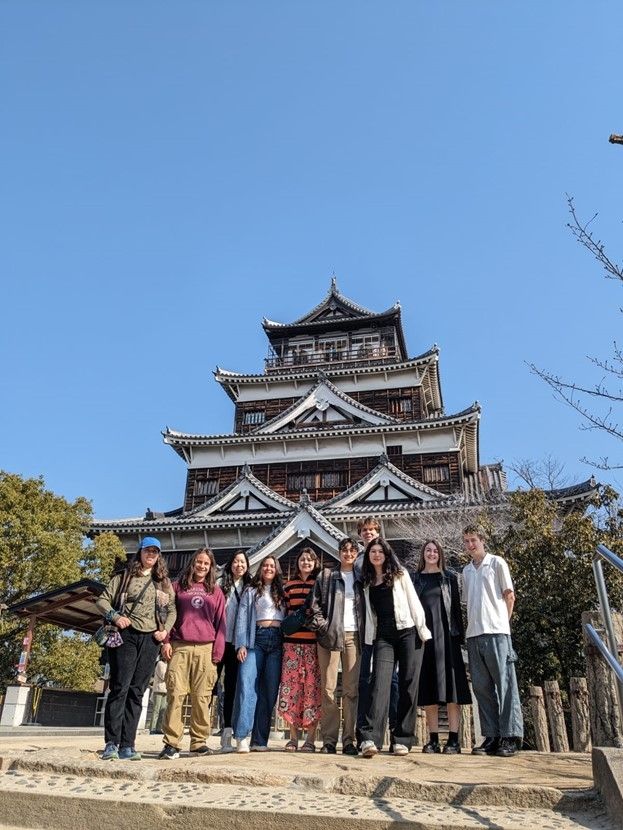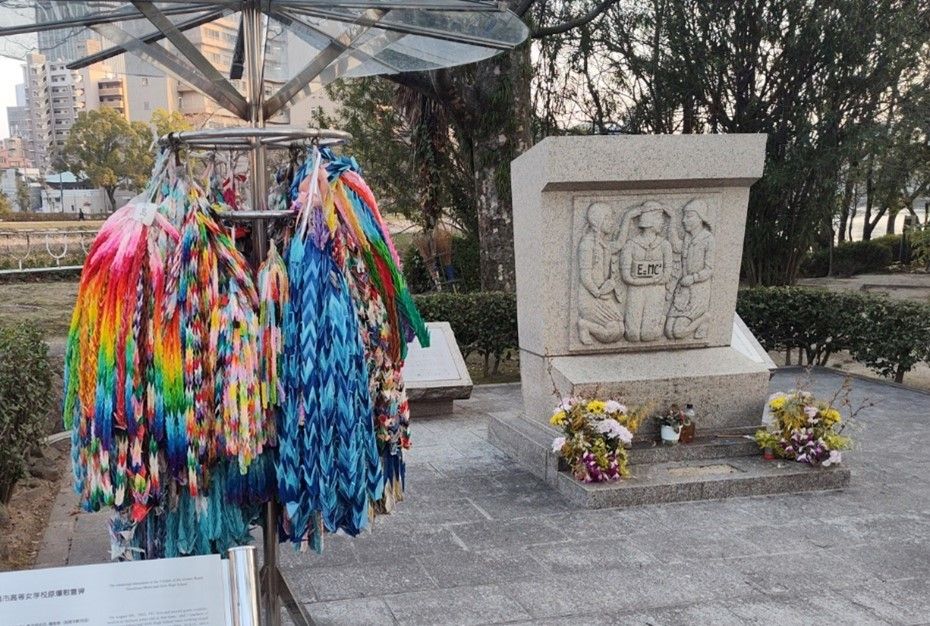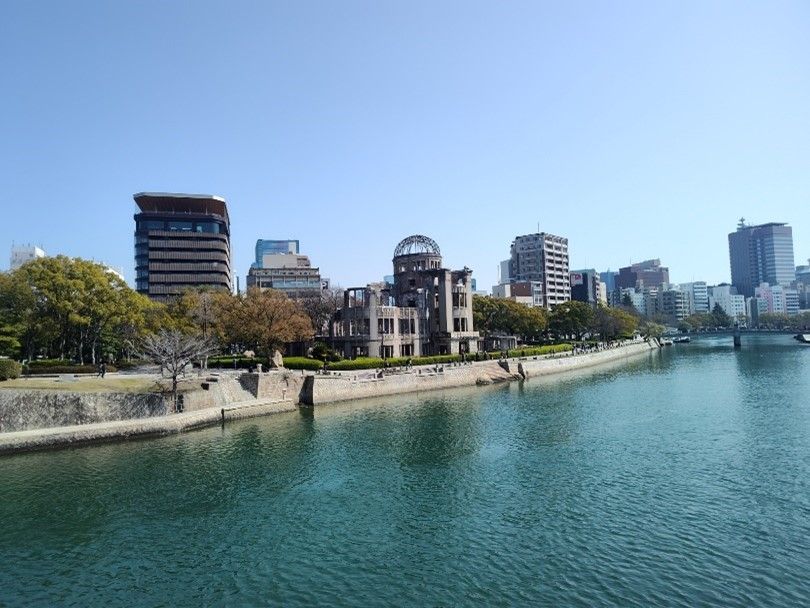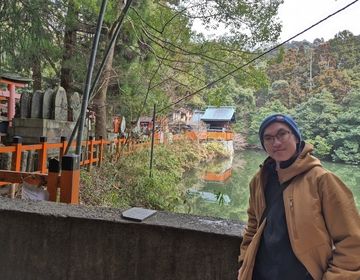AMJ Adventures ― Hiroshima Part 2
Authored by Thalo Campbell
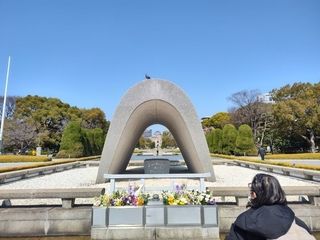
This is the Hiroshima Victims Memorial Cenotaph. It was designed by Kenzo Tange to resemble the style of ancient Japanese houses to shelter the souls of the victims. The inscription reads “Let all the souls here rest in peace; for we shall not repeat the evil” and the chest in front holds a registry of all the victims who have died as a result of the bombing. If you have seen Obama’s visit to Hiroshima, this is the memorial he and Prime Minister Abe placed wreaths at before they gave their speeches.
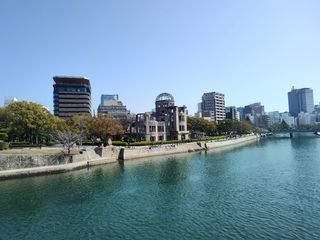
The building here was called the Hiroshima Prefectural Industrial Promotion Hall before it survived the bombing, now it is known as the A-Bomb Dome. It was a western style building of concrete with reinforcement, something that is thought to be part of the reason it survived when traditional Japanese buildings in different architectural styles did not.

This is the Children’s Peace Monument. It was built in honor of Sadako Sasaki and countless other children who perished in the bombing or because of later radiation complications. If you have heard of the story of the girl who folded 1,000 cranes to make a wish, then you have heard of Sadako Sasaki. She survived the atomic bombing at 2 years old with no apparent injuries but was hospitalized with leukemia 10 years later. While in the hospital, she endeavored to fold 1,000 paper cranes in her desire to get better, when she became too sick to fold them herself, her classmates and friends pitched in to fold the remainder. When she passed away, those classmates and friends began the movement to create this Children’s Peace Monument to honor Sasaki and the other children who died due to the atomic bombing. The glass displays surrounding the main monument hold 1,000 paper cranes folded and donated by school children from around the world.
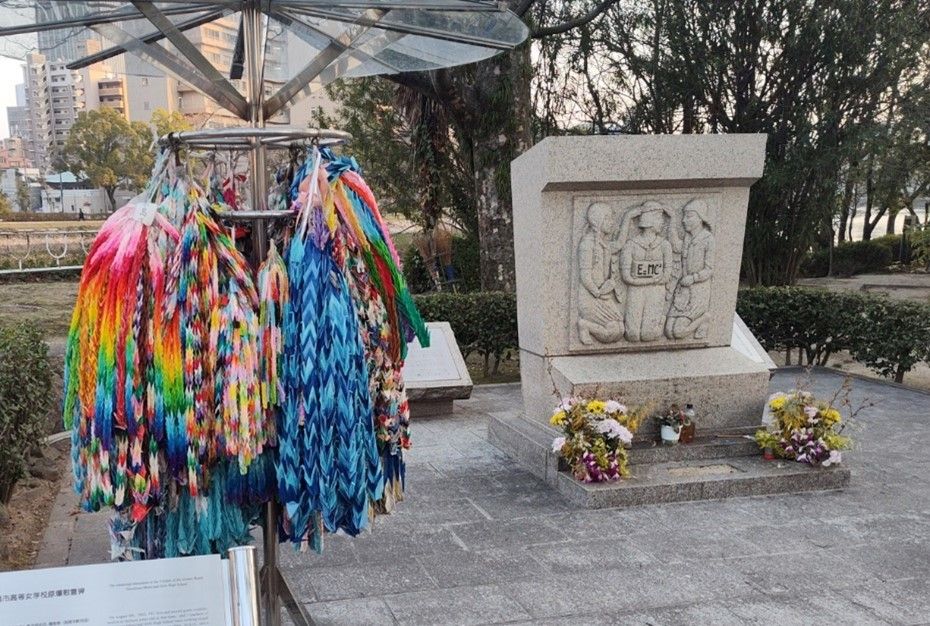
The memorial here is unique for several reasons. It honors the 541 students and 7 teachers from Hiroshima Municipal Girl’s High School. This monument is located where the courtyard of the school was, and is at the hypocenter of the detonation. If you look at the figures in the monument, you might find it curious that they are holding the equation “E=MC^2”. This is because this memorial was constructed during the US occupation of Japan, during which the phrases “Atomic Bombing” and its variations were banned from being used. As a result, Einstein’s equation was used as a substitute in this appeal for peace.

Beyond the memorials dotted throughout the Peace Park, something that really showed how devastating the Atomic Bombing was, was the lack of historical buildings. In Kyoto, every corner you turn around, there is a several hundred year old temple or shrine it seems like. The city is steeped in history and you can see it wherever you look. Hiroshima doesn’t have the same length of history as Kyoto, but it is still a very old town. It was established during the Sengoku (Warring States) period of Japan as a castle town surrounding Hiroshima Castle where the local Daimyo resided. Throughout the later Edo, Meiji, and Taisho it bloomed into a bustling trade and industrial town due to its proximity to a river and the ocean. And yet, when you wander around Hiroshima, all you can see are modern buildings. There are no shrines or temples or buildings maintaining the long, rich history of Hiroshima. They no longer exist.
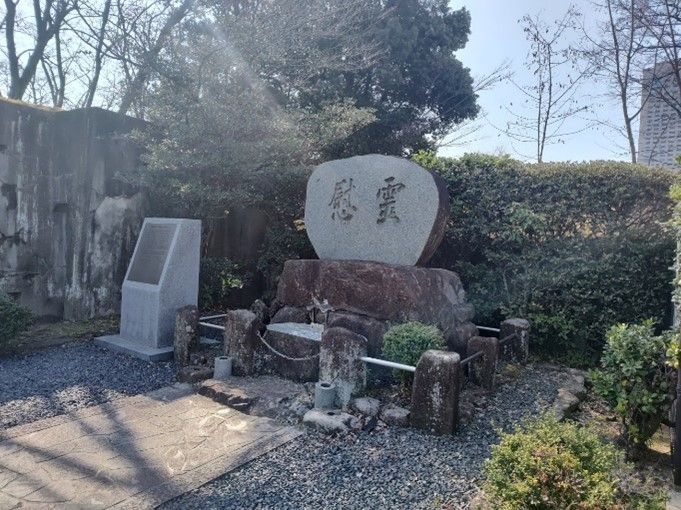
Hiroshima Castle is a heart wrenching example of this. When targets were being selected for bombing, there were two main requirements: military or strategic importance, and being untouched by any previous bombing campaigns. Hiroshima had not been targeted before the Atomic Bomb was dropped on August 6th, and Hiroshima Castle was the headquarters of the 5th Imperial Army Division. The castle was completely destroyed by the bombing, with only foundational stones remaining. One corner tower, sections of the outer wall, and the attached Hiroshima Gokoku Shrine have since been reconstructed. Hiroshima Castle was also the location of the first transmission relaying news about Hiroshima’s destruction. In the Chugoku Regional Military Defense Headquarters Air Defense Room there were students from Hijiyama Girls’ High School who had been mobilized for the war effort. The bombing destroyed the majority of telegraph lines, but the girls on duty at the time managed to get out a message on the barely intact military phone system. It was the first news of Hiroshima’s destruction.
If you ever have the chance to visit Japan, please consider making time to visit Hiroshima. It was an incredibly moving experience, especially contrasted with Kyoto or Tokyo. The museum, the monuments, the memorials, the castle, and even just walking around the town are incredibly educational experiences that I cannot recommend enough.
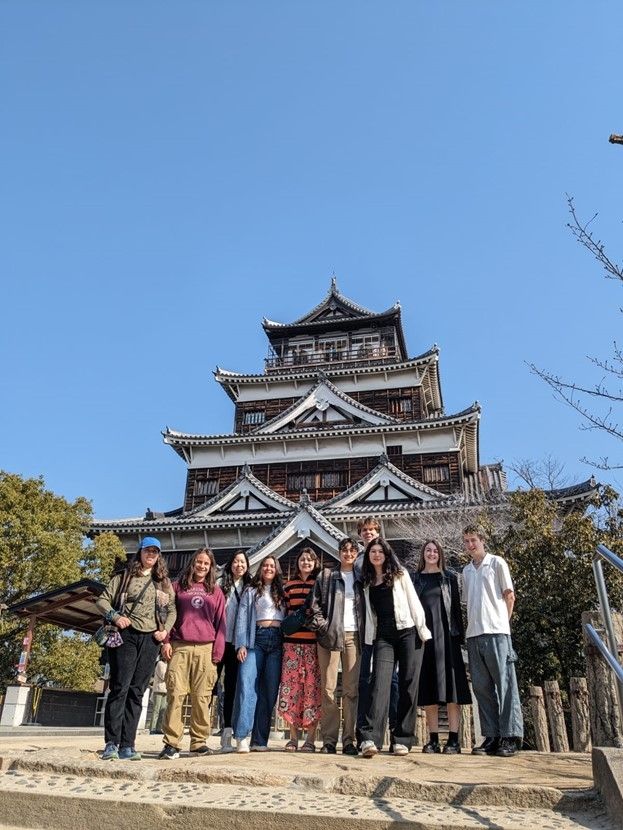
Related Posts
Kickin’ it in Kyoto
Hey all, my name is Ethan Adams. I’m a Junior at Hope College (Michigan) who embarked on an adventure abroad with CIEE’s Ancient and Modern Japan (AMJ) program. Now, two... keep reading
How to Study Japanese in Japan: 3 Easy Steps
If you’ve ever dreamed of ordering ramen like a pro, exploring ancient temples, or binge-watching anime without subtitles, studying Japanese in Japan is your next big adventure. With vibrant Tokyo... keep reading
Abroad in Japan: Day in Osaka
Authored by Sarah Vu Want an amazing to stop by in the Kansai area while traveling Japan? Well yes, you must stop by Osaka if you’re visiting Japan. There is... keep reading
